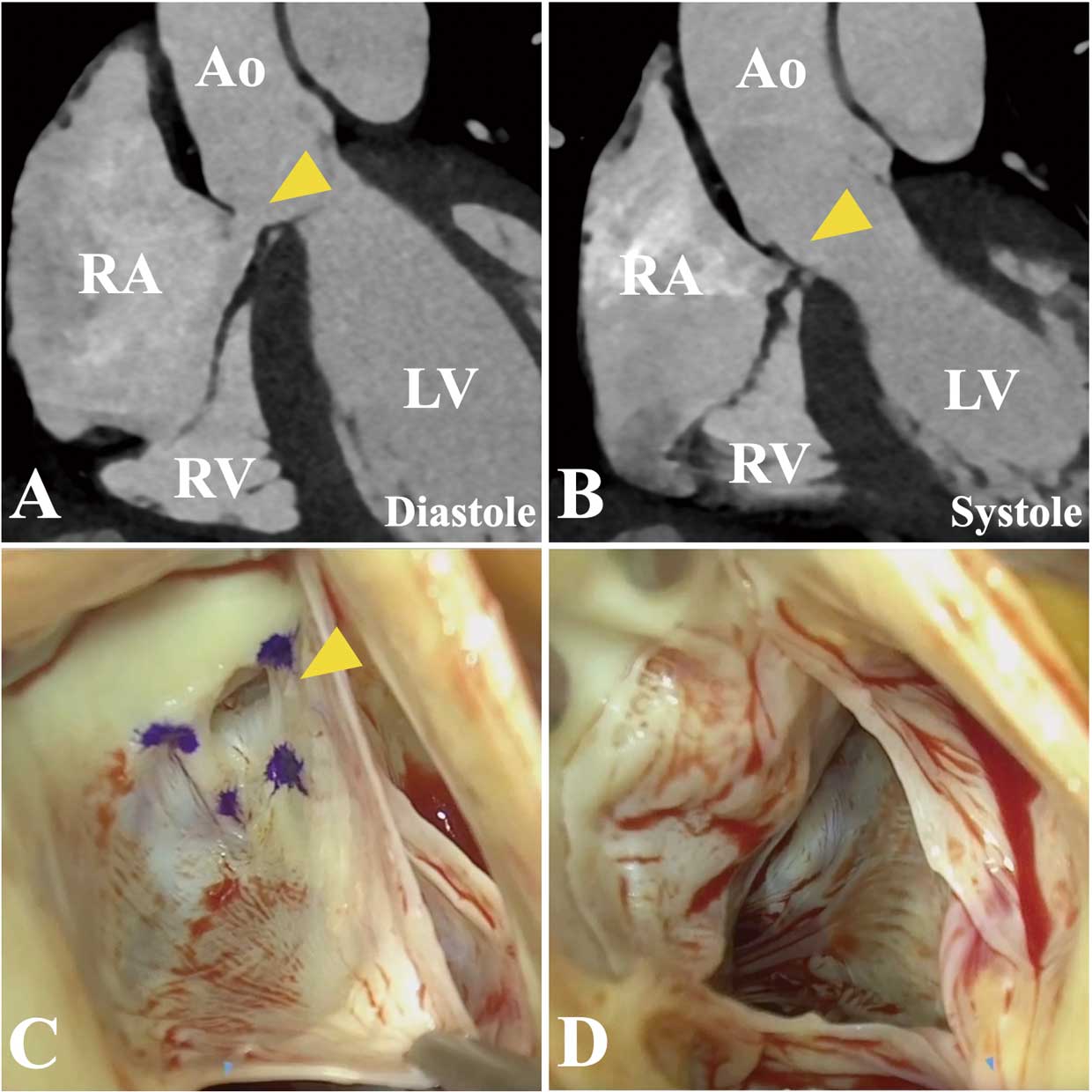- J-STAGE home
- /
- Circulation Journal
- /
- Advance online publication
- /
- Article overview
- /
- Full view
-
Yusuke Yanagino
Corresponding author
Department of Adult Cardiac Surgery, National Cerebral and Cardiovascular Center [Japan]
-
Satoshi Kainuma
Department of Adult Cardiac Surgery, National Cerebral and Cardiovascular Center [Japan]
-
Tatsuya Nisii
Department of Radiology, National Cerebral and Cardiovascular Center [Japan]
-
Naonori Kawamoto
Department of Adult Cardiac Surgery, National Cerebral and Cardiovascular Center [Japan]
-
Naoki Tadokoro
Department of Adult Cardiac Surgery, National Cerebral and Cardiovascular Center [Japan]
-
Ayumi Ikuta
Department of Adult Cardiac Surgery, National Cerebral and Cardiovascular Center [Japan]
-
Kohei Tonai
Department of Adult Cardiac Surgery, National Cerebral and Cardiovascular Center [Japan]
-
Masaya Hirayama
Department of Adult Cardiac Surgery, National Cerebral and Cardiovascular Center [Japan]
-
Tomoyuki Fujita
Department of Adult Cardiac Surgery, National Cerebral and Cardiovascular Center [Japan]
-
Satsuki Fukushima
Department of Adult Cardiac Surgery, National Cerebral and Cardiovascular Center [Japan]
Supplementary material
Article ID: CJ-23-0912
- Published: April 09, 2024 Received: December 13, 2023 Available on J-STAGE: - Accepted: January 04, 2024 Advance online publication: April 09, 2024 Revised: December 30, 2023
(compatible with EndNote, Reference Manager, ProCite, RefWorks)
(compatible with BibDesk, LaTeX)

